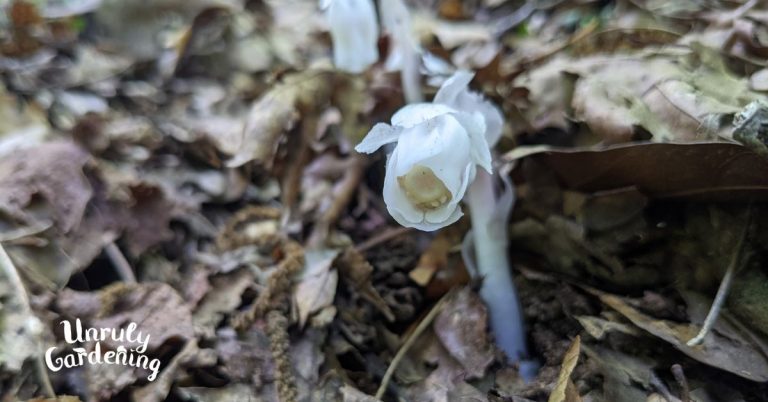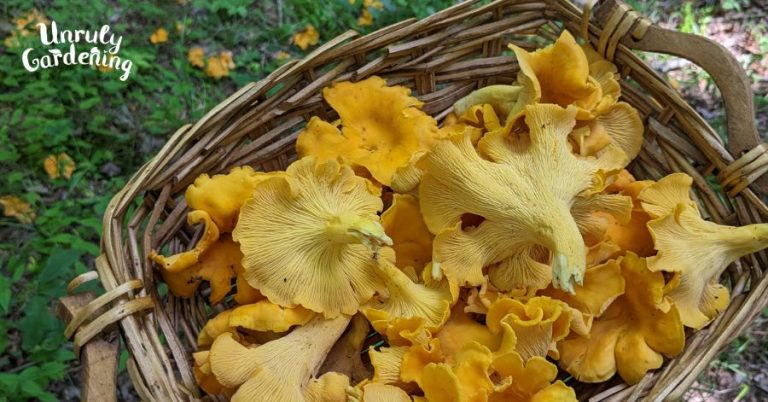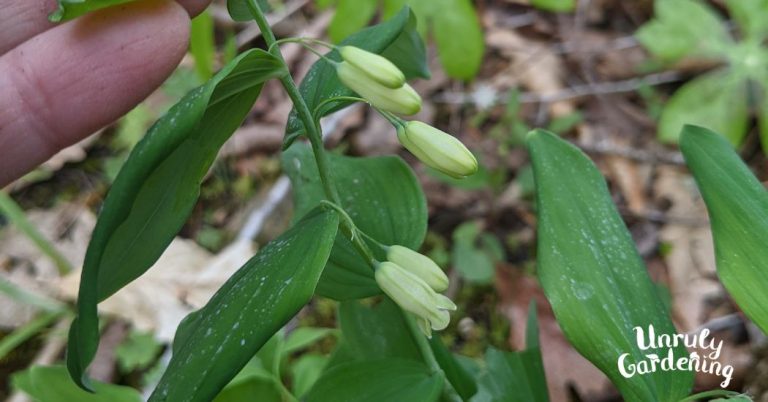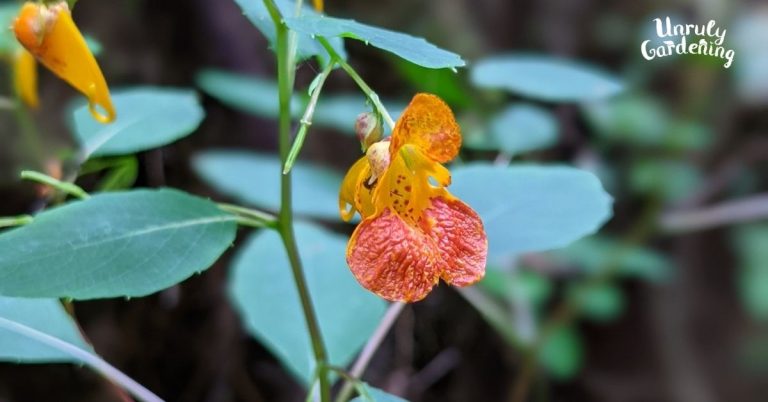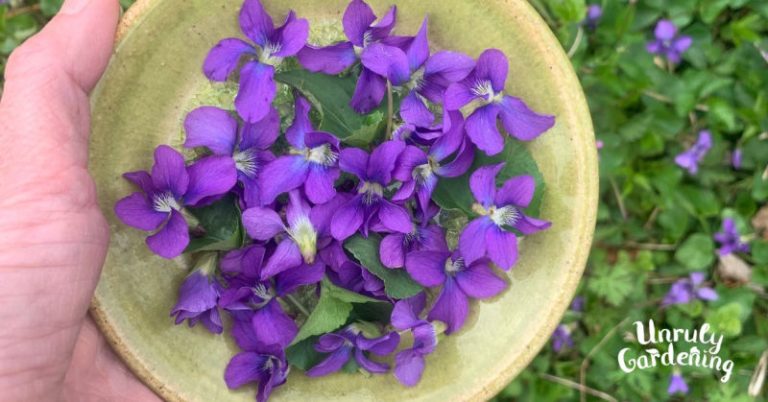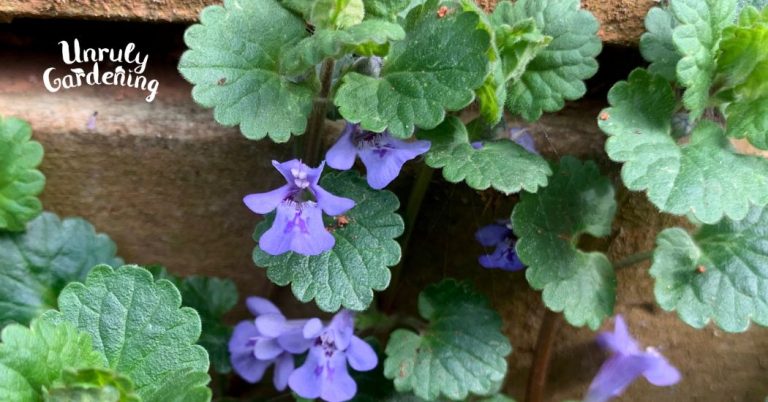Foraging Corn Smut (Huitlacoche) & How to Cook It
Corn Smut, also called Huitlacoche, Corn Mushroom, Corn Fungus, or Mexican Truffles, is an edible fungus that can be found on developing ears of corn.
Though it’s considered a pest for most corn farmers in America, it’s also an umami-rich delicacy when prepared correctly!

If you’ve never tried corn smut (corn mushroom) before, let me implore you not to sauté it all by itself and try to taste test it that way. Alone, the mushroom-like fungus (Ustilago maydis) has a strong taste, which some describe as “inky” (a description I can agree with).
Instead, try combining it with flavorful onions, garlic, and peppers, and preparing it using a traditional Mexican recipe. (See more about how to cook huitlacoche below!) The combination of savory flavors elevates the mushroomy taste into an out-of-this-world deliciousness!


Where to Find Corn Smut
Since huitlacoche (Ustilago maydis) is a fungus that infects corn ears, you must have a cornfield available in order to forage them!
If you don’t grow your own corn, check with friends and family who garden, and you’re likely to find someone who does. Most home gardeners here in the United States don’t appreciate corn smut, and they’ll probably think you’re a little crazy, but many will gladly give you any to be found in their garden.
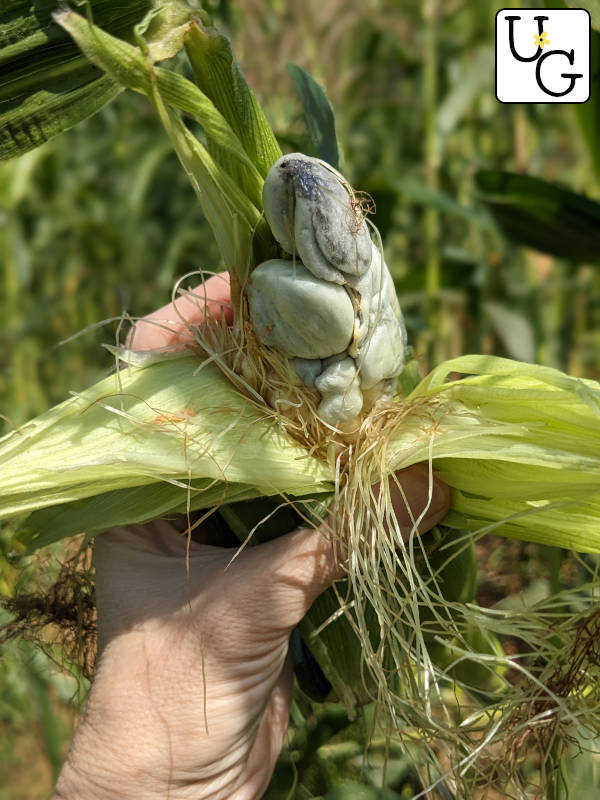
Types of Corn Susceptible to Corn Smut
Corn smut is more likely to attack certain types of corn, than others. If you’re planning a garden and want to purposely encourage corn smut, try growing some heirloom types of corn or sweet corn. Field or dent corn is said to be less susceptible to the fungus than sweet corn or popcorn.
We’ve had huitlacoche show up on Glass Gem, Blue Jade (very susceptible in our experience!), Silver Queen, and on one ear of Serendipity Bicolor Sweet Corn (though this last one is said to be resistant!)
According to the South Dakota State University Extension Service, these varieties of corn are highly susceptible to corn smut:
- Spring Gold
- Duet
- Golden Bantam
- Golden Beauty
- Silver Queen
- Country Gentlemen Hybrid

Weather Considerations
Huitlacoche is most likely to appear after or during a rainy stretch. The fungus overwinters in the soil and the spores live in the ground for a few years, so if you get common smut in your garden once, you’re likely to have it happen again!
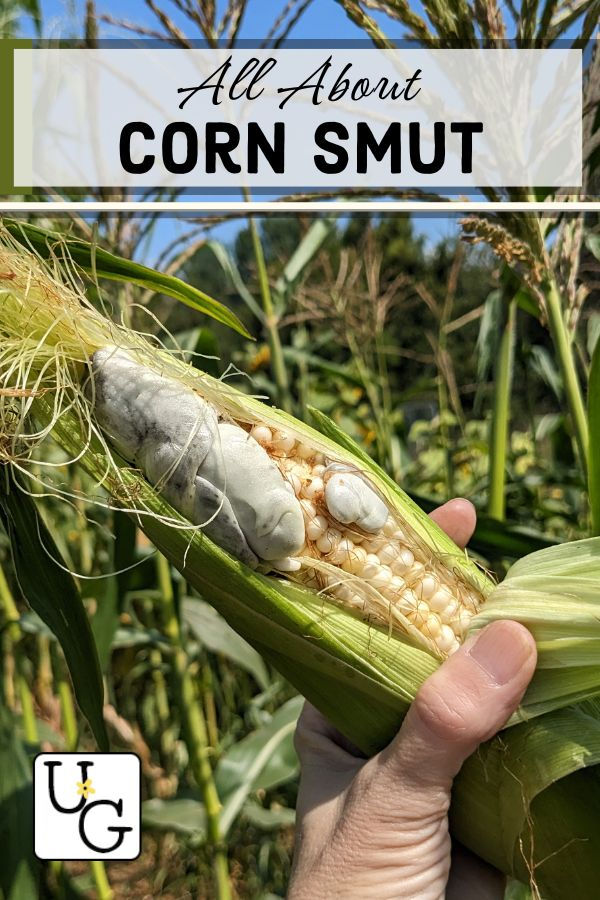
Benefits of Corn Smut
Besides its yummy taste, corn fungus is good for you!
According to an article published in Molecules, in June, 2023, Huitlacoche (Ustilago maydis) is an excellent source of multiple nutritious compounds, protein, and health-enhancing properties.
Video: Foraging Huitlacoche (Corn Smut) Slideshow
Here’s a slideshow summarizing this article. (Sometimes an ad plays first, but the video will start right after! The video player won’t show up if you have an adblocker.)
Nutritional
Huitlacoche (corn smut) contains almost all essential amino acids and is particularly rich in lysine, glycine, and leucine.
It’s highly nutritional and easy to digest, containing several minerals, vitamins, antioxidants, and omega fatty acids.

Traditional Herbalism
Native cultures in Mexico have used huitlacoche (also called cuitlacoche) since pre-Hispanic times, to treat over 50 conditions ranging from nosebleeds to animal bites and anxiety. (source)
A 2021 article in the Journal of Functional Foods states more medicinal folklore uses: to induce uterine contractions, as a tea to relieve diarrhea and colic, and for skin problems such as irritations, inflammations, eruptions, burns and rashes.
Modern scientific studies are revealing that Ustilago maydis may have potential “as functional foods for improving inflammation-related discomforts and vascular obstruction.”

Harvesting Fresh Huitlacoche
Sometimes, it’s pretty easy to spot infected ears of corn, if they’re in the advanced stage of growth and literally bursting out of the husks, but many times, you won’t know you have corn smut until you go to shuck your corn.
To harvest, just pull back the husks around the ear of corn and carefully pry off all of the pieces of fungus you see. Some pieces will have corn kernels or silk grown into them; you can pull out any silks and cut out any corn bits, if needed.
Fresh and young corn mushroom has a grayish color and spongy texture, with some streaks of blue-black spores. As it ages, it turns a black color. I personally like using only the lighter pieces since I think they taste milder, but it’s acceptable to use some of the darker pieces as well.

Storing Corn Smut
I try to use corn smut up within the same day after discovering an ear with it, but you can also store it in a brown paper bag in your refrigerator for about 3 to 4 days.
While you can freeze corn fungus, I’ve never had a huge amount of it at once to try that. Instead, it shows up randomly in a few ears, depending on rain levels and where we’ve rotated the corn patch that year, and I just enjoy it as a seasonal moment.

Cooking Corn Smut (Huitlacoche)
As I mentioned above, huitlacoche really shines when you cook it with flavorful ingredients.
I sauté small pieces of corn mushroom in olive oil, with garlic, onion, peppers, and fresh corn that’s been cut from the cob. This mixture can then be enjoyed with cheese in taco shells, quesadillas, and/or omelets!
(This is the recipe I loosely followed with this summer’s huitlacoche and it was amazing! 10/10 recommend!)

What Does Corn Smut Taste Like?
Cooked by itself, corn smut has a rather strong, earthy, and inky flavor. It can even have an edge of bitterness, depending on how old it is. I’m not a fan of it cooked alone.
However, when stir fried with garlic, onions, and other savory foods, Mexican truffle has a definite umami taste that always leaves me wanting more!
Storing Leftovers
Leftover cooked corn smut can be stored in a glass container in your fridge and enjoyed the next day. So if you have corn mushroom quesadillas for dinner, try using any leftover filling in an omelet for breakfast the next day.
More Late Summer & Early Fall Foraging Articles
- Foraging Goldenrod (Photos, Tips & Lookalikes!)
- Harvesting & Drying Black Walnuts (+hull & leaf uses!)
- Foraging & Harvesting Wild Persimmons
- Foraging Plantain Leaf & Uses
- Foraging & Using Reishi Mushrooms
- Growing & Foraging Passionflower & Maypops (+ ways to use them!)
- Foraging & Identifying Autumn Olive Berries (+lookalikes!)
- How to Forage for Jewelweed + Uses
- Growing & Foraging for Mullein (Plus Harvesting & Preserving tips!)
- Identifying Chicken of the Woods Mushroom
Our articles are for information and idea-sharing only. While we aim for 100% accuracy, it is solely up to the reader to provide proper identification. Be sure to seek out local foraging classes and plant walks, and invest in mushroom and foraging guides suitable for the area you live in, since some wild foods are poisonous, or may have adverse effect.

